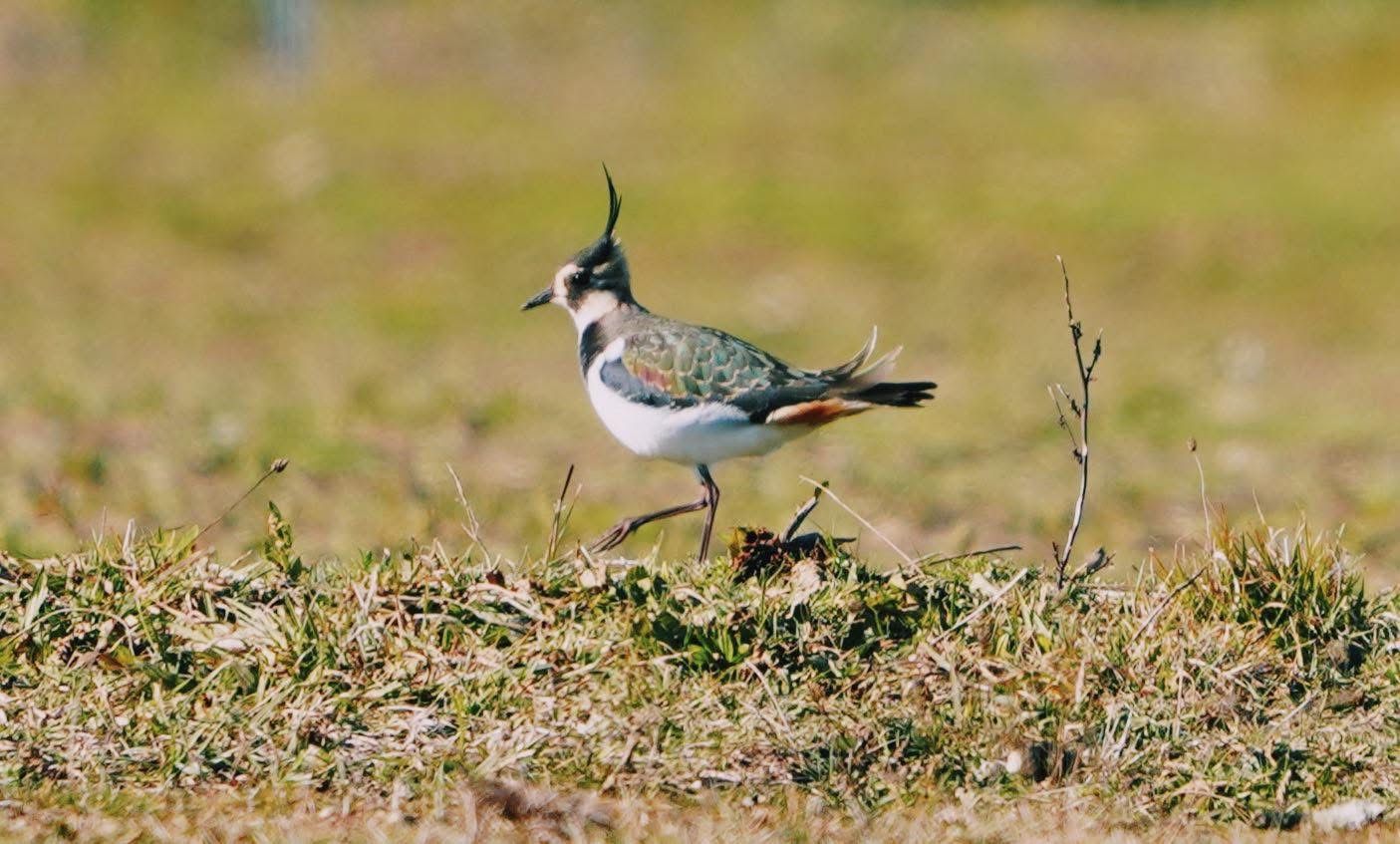Keep Calm and Bird On: January 2025
“If you don’t look, you don’t see. You have to go and look.”
-Edith Andrews

What will the new year bring? With the December appearance of a Northern Lapwing, the second county record for this rare European visitor, all we can say is, “expect the unexpected.” Is it gone? Will it stay? As of this writing in mid-December, we do not know yet.
The last three years have been exceptionally mild, with last winter marking the first time at least one Belted Kingfisher remained through the winter. It seems as if we have not really had “winter” as a season, for about ten years. But there were a couple of notable blizzards punctuating those not-very-frozen years, and thus far ice has formed overnight a couple of times. So, could we be overdue?
Meanwhile we look for the usual winter treats: Bonaparte’s, Iceland, and Glaucous Gulls; Long-tailed and Harlequin Ducks; all three Scoters; Razorbills, Red-necked and Pied-billed Grebes. On the ponds some are already here: Scaup and a Tufted Duck; Northern Shovelers, Canvasbacks and Redheads. Snow Geese and Tundra Swans are here too.
And there is no telling what summer fare may linger on, even if a brief cold snap poses a sharp challenge: Great Egrets — two wintered over, last year — are still, as of mid-December, being seen in Polpis Harbor and at the UMass Field Station. An immature Scarlet Tanager, one of a handful of December records for New England, plopped down in Wauwinet on December 6.
Lingering among the Yellow-rumps, late Palm Warblers are also likely, as long as the bayberries hold out; the Bird Club enjoyed six, strung out in a bush like a line of Christmas ornaments, at Barlett’s Farm compost field on December 15.
So whatever we get, for weather or birds, it is bound to be interesting. Always remember to dress for the weather, which means: over-dress for when the wind picks up; you can always take off a layer. No matter what, it is still a great time to get outside and look for birds.
Image of a Northern Lapwing by Yvonne Vallancort.
Recent Posts




